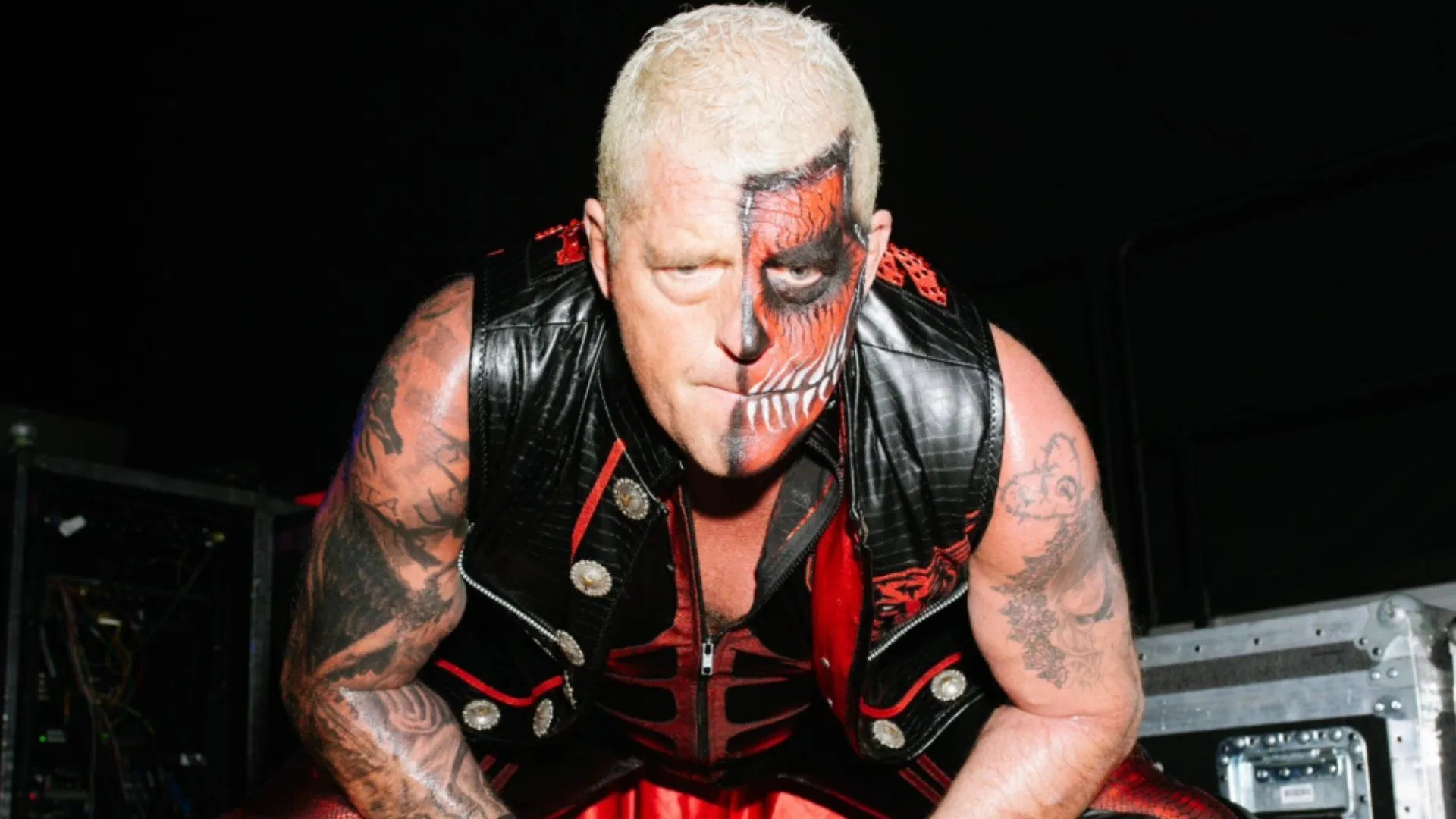Copyright adweek

This post was created in partnership with OMD For years, creators were treated as a top-of-funnel, short-term play—a 24-hour hype cycle. But as the creator economy matures, brands want to see the full-funnel impact of creator partnerships, moving from ephemeral buzz to durable, searchable assets. During a Brandweek 2025 session co-hosted with OMD, Chrissie Hanson, CEO of OMD USA, and Kevin Blazaitis, president of Creo, detailed how to evolve creator partnerships from a simple content play into a measurable engine for sales and long-term value. From storytellers to sales drivers Hanson made it clear that the era of brands as the “sole megaphone holders” is over. Instead, they are now delivering the microphones to creators, turning them into “active partners in the production, not simply participants in a campaign.” She pointed to a breakthrough Starbucks Frappuccino campaign at Walmart as proof—crediting Blazaitis and his team at Creo, Omnicom’s influencer and creator marketing agency, for the execution. “What I found interesting was you worked with three creators, and together you drove 145 million impressions, 5 million products purchased, a seven-point increase in ad recall, 8.9% sales lift, and $5.58 in ROAS,” Hanson shared. “You tell me that isn’t incredible levels of metrics and rigor. It’s amazing.” With the right strategy, creators aren’t only a brand channel; they are a powerful sales channel. Creators are the creators of new demand A change in consumer behavior is driving this full-funnel impact. Rather than just telling stories, creators are driving net new demand. Blazaitis shared new research on this point: “What we found was 42% of purchases that come from an influencer-inspired journey were completely spontaneous. He explained that this spontaneous behavior often happens when people encounter a product through creator content on platforms like TikTok Shop or Amazon—seeing it, clicking, and buying in the moment. Hanson elaborated on this spontaneous customer journey, explaining how it has redefined the middle of the funnel. Using her own experience buying health supplements, she illustrated the new path to purchase: “I don’t actually buy the brand I’m recommended, but I do start researching the topic and the subject, and what does it do for my body.” This shift—from direct conversion to curiosity and category exploration—is becoming more common in influencer-led journeys. “And I think that is a really interesting behavior that brands need to kind of delve into,” she added. In this new model, the creator’s role isn’t just to sell a specific product but to introduce the category, triggering a research-and-discovery phase that the brand can ultimately win. From performance gains to long-term impact Hanson explained that when brands shift to a creator-first design, their content performs better on every level. “The duration is 22% greater,” she shared. “The levels of active attention are 18% higher … and that is why you’re then seeing higher levels of purchase.” This shift in creative strategy is essential for what Hanson sees as the new primary metric. The goal is no longer just immediate, massive reach. “I think longevity is the new reach,” Hanson declared. “Brands are looking to anchor their business decisions on assets, people, and bets that make sense.” If creators can prove that their content meaningfully drove action—ideally a purchase—then that’s more valuable to the brand than just reach; that’s the kind of impact brands want to invest in, she explained. Lowering risk with AI and fewer KPIs The final challenge is how to achieve this durable impact at scale. Blazaitis offered a sharp warning, “Scale without suitability is risk.” This, Hanson explained, is where AI becomes a critical enabler—not to replace human creators, but to protect brand safety and reduce risk. She described its predictive use in building synthetic audiences to test creative before launch, helping brands forecast performance and make more informed, lower-risk decisions. This focus on lowering risk must be associated with ruthless simplicity in measurement. “I have some clients who have close to 50 metrics,” Hanson said. “By the time you look at all the different divisions and where you are across the funnel, want to get down to like nine, and then if you can try and get to like three or four, that’s probably a good place.” For brands new to the creator space, the advice was to adopt modern playbooks and clear measurement frameworks from day one. Meanwhile, for established players, the challenge is internal—to respect the creator specialism and integrate it across all media planning, ensuring everyone is “in service of driving growth.” As the conversation wound down, the focus turned to trust and shared ownership. Hanson emphasized that when brands genuinely give a part of their voice and mission to people, to creators, to influencers who have a vested interest in your brand as well as their own, it results in better voices, content that shines a light on things that need to be heard, and ultimately a better ecosystem.



